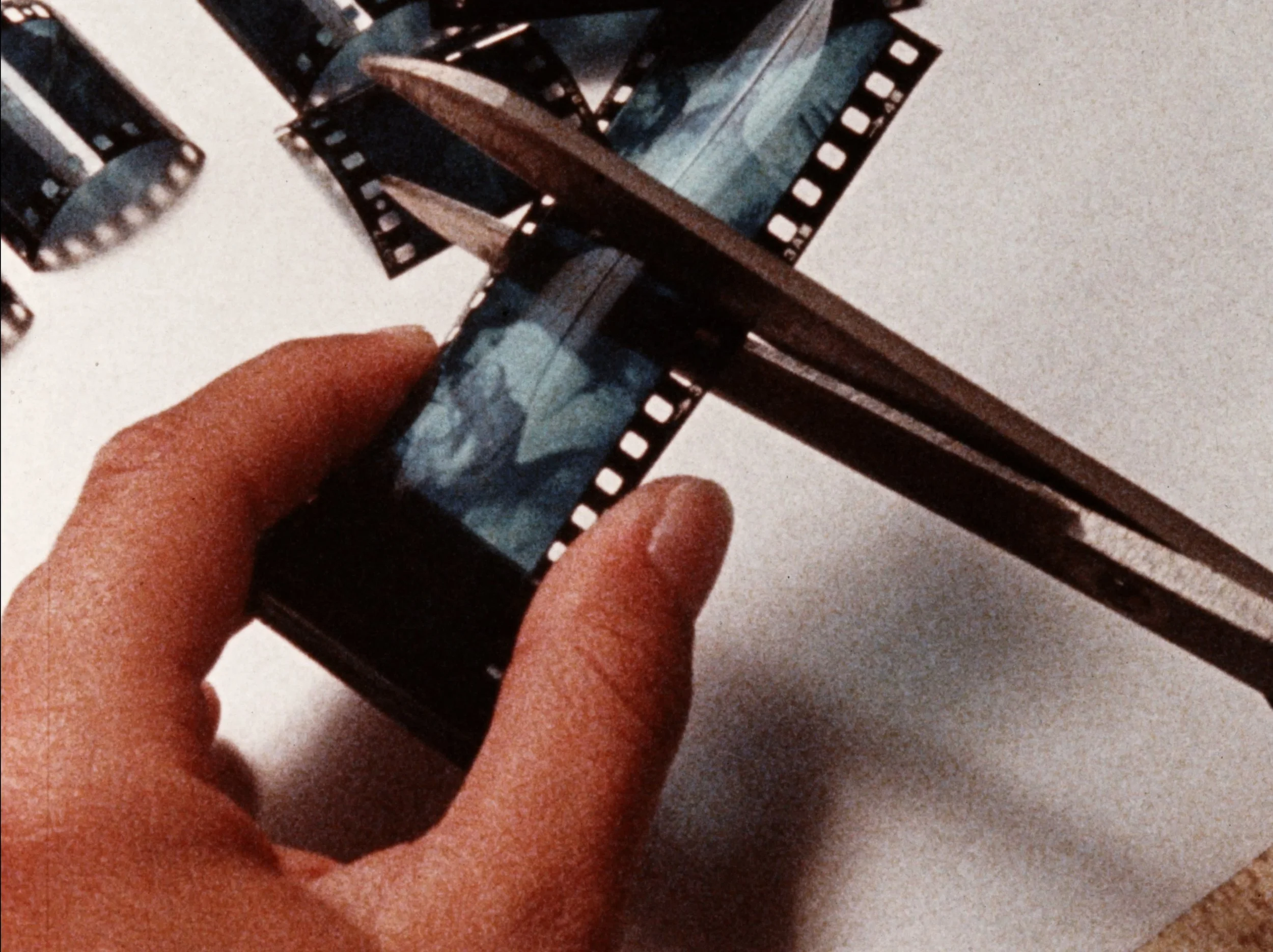Susan Brockman, Hothouse Flower, 1978, 16mm film transferred to digital, 13 min., color, sound. Copyright Estate of Susan Brockman.
Susan Brockman at Offscreen
October 16-20, 2024
Grand Garage Haussmann
43, Rue de Laborde 75008 Paris
Dedicated to image-based work, OFFSCREEN is composed of solo show presentations of international avant-garde, historical and contemporary artists, working with installations and experimental practices across the eight levels of this building with its emblematic Art-Deco facade. Soft Network will present films and photographs from the Estate of Susan Brockman at the third edition of Offscreen and participate in the inaugural year of Maison Offscreen. Depot (1974) and Hothouse Flower (1978) were the first two 16mm films made by Susan Brockman. This presentation marks the premiere posthumous European screening of these titles, both preserved through a recent grant from the New York Women in Film and Television, Women’s Film Preservation Fund.
Depot represents the beginning of Brockman’s relationship to film, which grew from an interest in camera obscura. In 1976 she reflected on this writing, “My film Depot is very much like looking into the private, contained spaces of one of these boxes, and I work on my films as sets within which something happens.” The short, black and white film shows a single perspective of the filmmaker dramatically holding a series of poses in the nude, sometimes occluded by smoke or shadow. The edit of nearly still images progresses along with a soundtrack including thunder, various farm animals, a train that arrives and departs, and a woman’s voice. Inspired by the dancer Ruth St. Denis, Brockman’s still body amongst a slightly moving tableaux appears disconnected from the everyday sounds, as if the world is happening around her, and all she can do is pose and wait. We seem to hear her thoughts when the whispering voice returns, “Who’s supposed to tell you what to do?” “Who’s supposed to tell you what to do?”
Hothouse Flower uses exquisite photography and skillful editing to create a dream-like, visual narrative including significant performances by an all-female cast of artists including painter Marianna Scharn, filmmaker Geri Ashur, writer Eliba Levine, and jeweler designer Kazuko Oshima, as well as Brockman herself. It was filmed in locations central to artist communities in New York at the time, including the Chelsea Hotel and Tribeca. The film shows women at work: making images, writing, or using their bodies in contrast with visualizations of their subconscious, suggesting imagination and dreaming as part of their process. As described by Brockman, “The film moves back and forth from a stage to a staged event. Music underscores the film as a ballet, the characters are symbolic representations, the cuts move the film along like turning pages in a book. Each element of the film is of equal value: a set, a character, a lighting effect, a piece of music, or a landscape all share in the storytelling as expressive devices in the exploration of emotional conflict and desire.”
Brockman was fascinated by the framing of spaces and experimented incessantly to create what she described as “a more literal and almost palpable sense of another dimension within the realm of photography.” In the early 1990s, she began to develop an experimental approach involving altering photographic prints in various ways and exploring novel approaches to framing. Brockman primarily photographed interiors and some of her work was made in Paris where she photographed paintings in the Louvre. Brockman also experimented with framed images into which viewers could slide a photograph mounted onto Plexiglas. These photo constructions could be pulled out and changed, inviting the beholder to interact with her work, to create new scenes.
Susan Brockman (1937–2001) was a filmmaker, film editor and photographer active in NYC and East Hampton, NY from the 1960s–90s. She worked with a wide range of influential figures in the film and art worlds including Willem DeKooning, Robert Frank, Dan Graham, Sally Gross, Peter Hujar, Linda Rosenkrantz and Anita Thacher among others. She was also an active member of the feminist collective Women/Artist/Filmmakers. Brockman’s photographs and films are inviting yet enigmatic, melancholic yet playful. They capture something fundamental about film and photography and its primary ingredients of light, frame, illusion, and the pleasure of looking.

